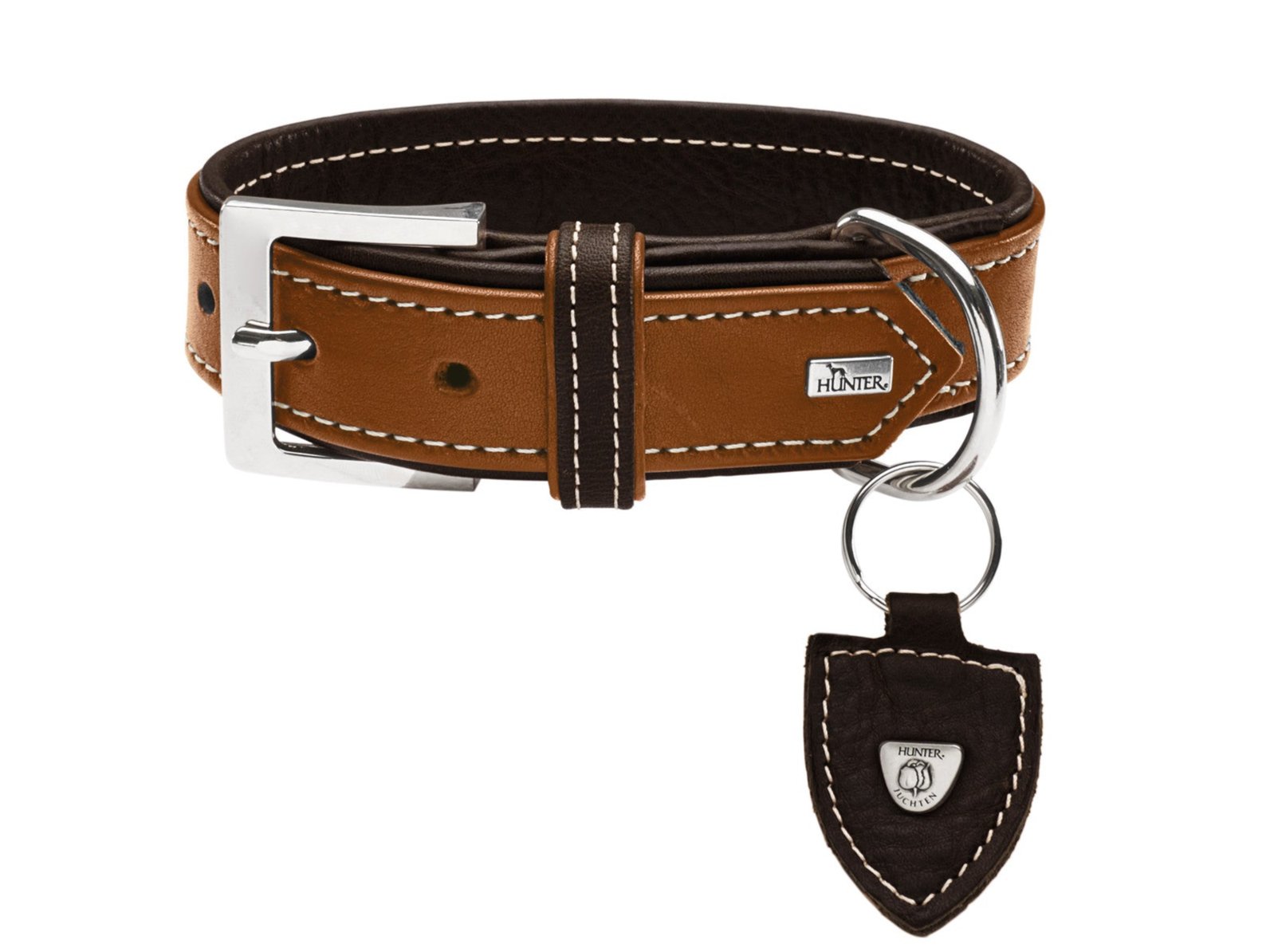Calming signals every dog owner should know
Every dog owner most probably knows that barking or whining is not the only way of dog communication. Other types of communication are, for example, calming signals by which the dog calms himself or us down, shows his excitement or shows the situation he's in is not that serious as it looks. The dog can also tell us that he is getting stressed out and does not feel comfy at some situation. Your knowledge of such signals will help you to read your dog's behavior better and avoid any potential problems.
The term "Calming signals" was made famous by popular Norwegian dog trainer Turid Rugaas in her book with the same title. At many photos and descriptions of situations she pointed out to dog body language used by dogs to tell us something. According to Turid Rugaas, dogs have about 30 signals like this and use them every day. However, the selection and frequency of such signals may vary.

LURKING AND INVITATION TO PLAY
You can see these signals, for example, when you meet another dog on your walk. Your dog may crouch or even lie down, go around the other dog in an arc and then sniff, turn his head, and look away... By all this the dog shows to the unknown dog that he is not a threat. An invitation to play - when the front paws are stretched, the butt is up in the air and the tail is wagging, is also one of the calming signals.

IN NOT A COMFY SITUATION
Dogs can show physical signals also when they do not like the situation and are stressed out. We can observe this in many video compilations showing small kids trying to clamber into dogs' beds. A dog may lick himself, yawn, turn his head away, stretch and shake off. Parents may enthuse about the cute situation, but the dog does not feel comfortable and shows it to us. In such case it is good to intervene and do not force the dog to use stronger signal to claim his territory.

THE FEELING OF GUILT AVOIDS DOGS
You can also find and watch videos with a dog feeling seemingly regretful about table's leg being chewed up or pillow being torn apart. The dog usually turns away and rolls his eyes. By this behavior that is often misinterpreted as remorse, the dog only reassures us and letting us know that he understands that something was going on, but at the same time, he has no guilty feeling at all!

By understanding these calming signals, you can understand the dog's world better and get a chance to improve the relationship with your doggie.








Leave a comment